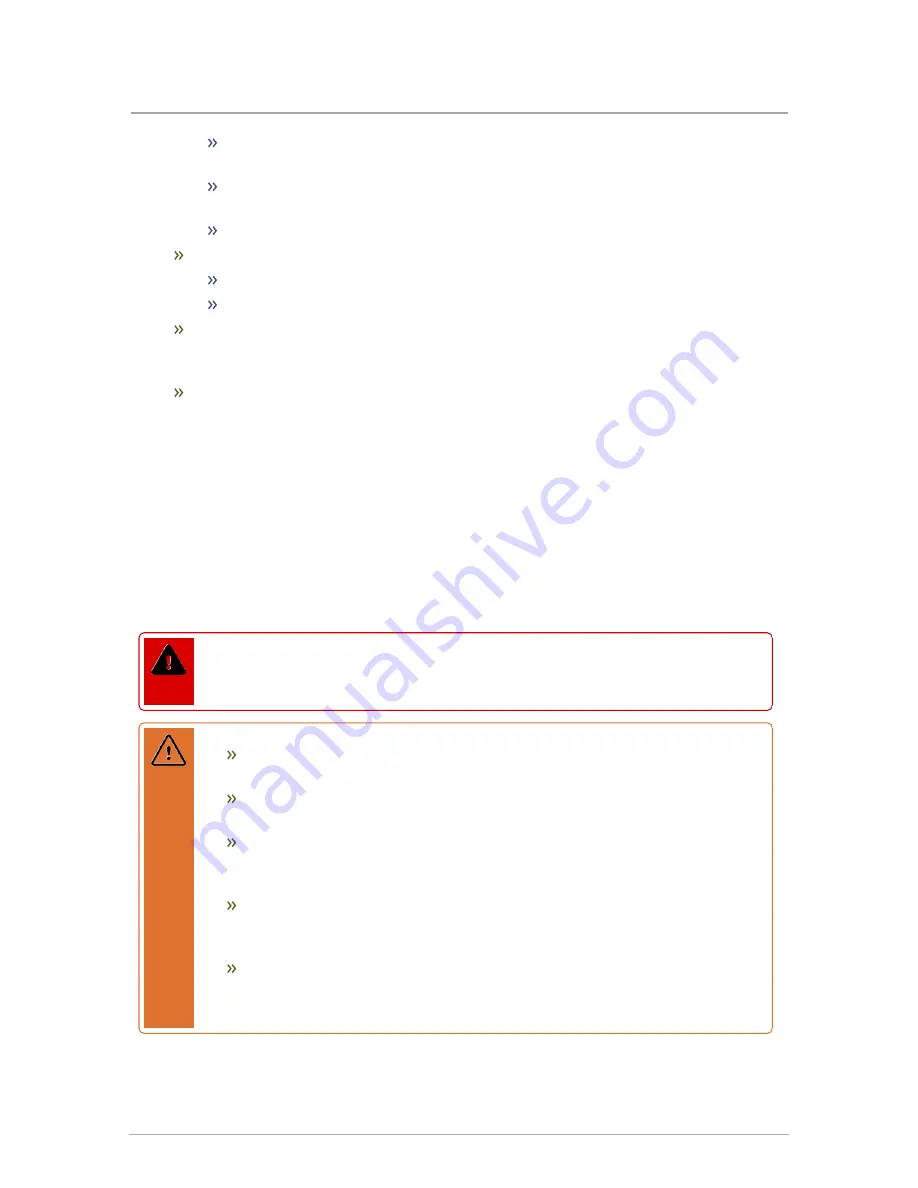
Turn on clothes dryers and any appliance not connected to the common venting
system.
Turn on any exhaust fans, such as range hoods and bathroom exhausts, so they
will operate at maximum speed. Do not operate a summer exhaust fan.
Close fireplace dampers.
Place in operation the appliance being inspected.
Follow the lighting instructions.
Adjust the thermostat so that the appliance operates continuously.
After determining that each appliance remaining connected to the common venting
system properly vents when tested as outlined above, return doors, windows, exhaust
fans, fireplace dampers and any other gas-burning appliance to their previous condition.
Any improper operation of the common venting system should be corrected, so the
installation conforms with the National Fuel Gas Code, ANSI Z223.1 - latest edition. In
Canada, all installations must conform with the current CAN/CGA - B149.1-10
Installation Code and/or local codes.
3.3 Determining location of the appliance
The boilers are designed and approved for indoor installation (wall or rack mounting) in areas
such as an alcove, basement, or utility room. These areas should have a surrounding
temperature of 32 °F (0°C) to 122 °F (50 °C) and less than 90% relative humidity.
Danger
Do not common vent appliances with other existing appliances or with a new
appliance.
Warnings
Keep the area around a boiler clear of combustible materials, gasoline, and
other flammable vapors and liquids.
Ensure combustion air is not drawn from areas containing corrosive air such as
swimming pools or spas, including air directly next to outdoor pools and spas.
Ensure that a boiler is not exposed to water leaks from piping or components
located overhead, including condensation from uninsulated cold water lines
overhead.
Protect the gas ignition system components from water (dripping, spraying,
rain, etc.) during appliance operation and when servicing (pump replacement,
condensate trap servicing, control replacement, etc.).
Ensure that combustible materials do not make contact with exposed water
piping and associated components (relief valves, circulators, etc.). Check local
codes for required clearances and/or provide adequate insulation.
16
Section: Installation
Summary of Contents for SL Series
Page 8: ...Intentionally left empty...
Page 12: ...Figure 5 Top view SL 40 399 G3 Figure 6 Bottom view SL 40 399 G3 8 Section Specifications...
Page 14: ...Intentionally left empty...
Page 64: ...Figure 40 Electric wiring connections 60 Section Installation...
Page 76: ...Intentionally left empty...
Page 96: ...Intentionally left empty...
Page 108: ...Intentionally left empty...
Page 110: ...Internal wiring diagram Figure 46 Internal wiring diagram 106 Section Appendices...
Page 111: ...Sequence of operations Figure 47 Sequence of Operation 107 Sequence of operations...
















































